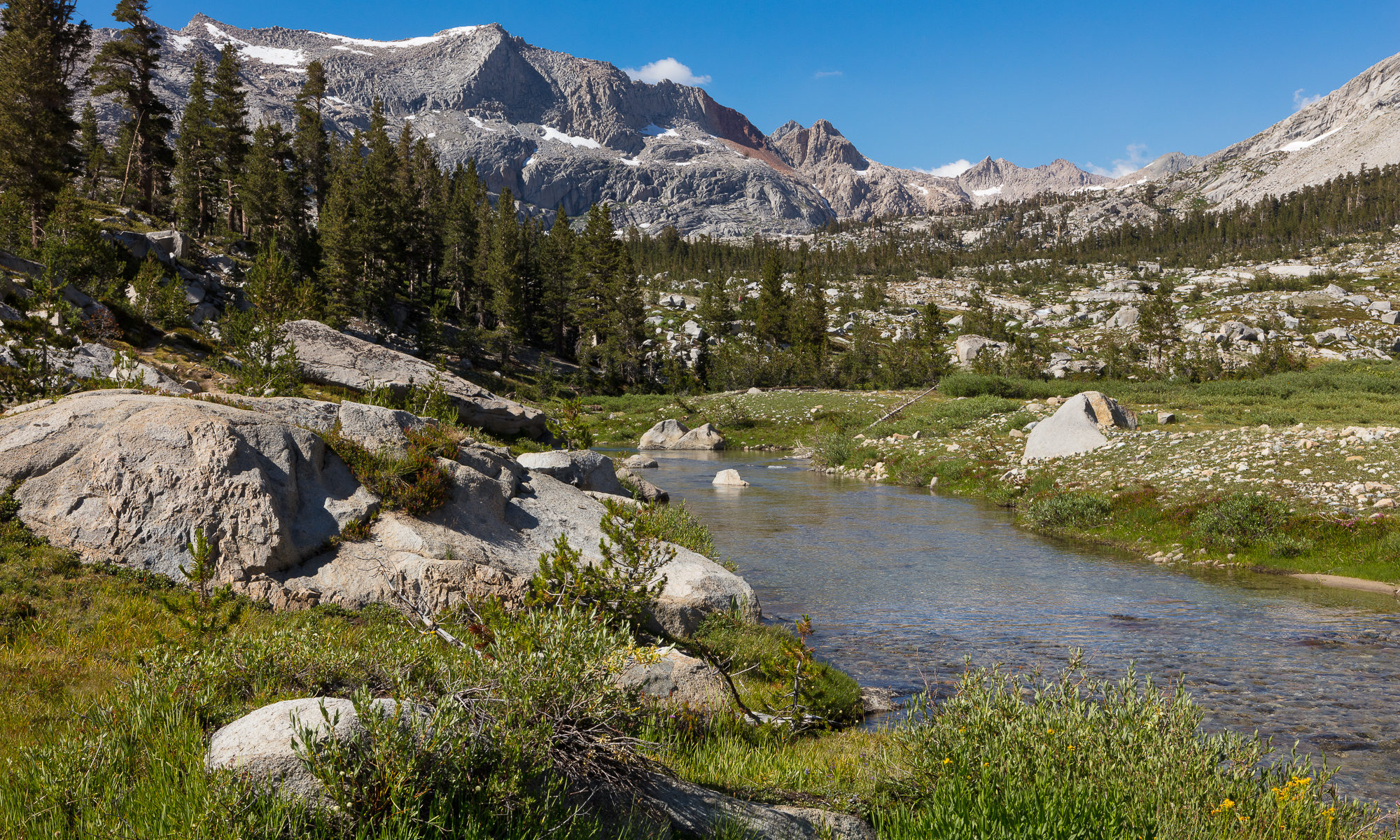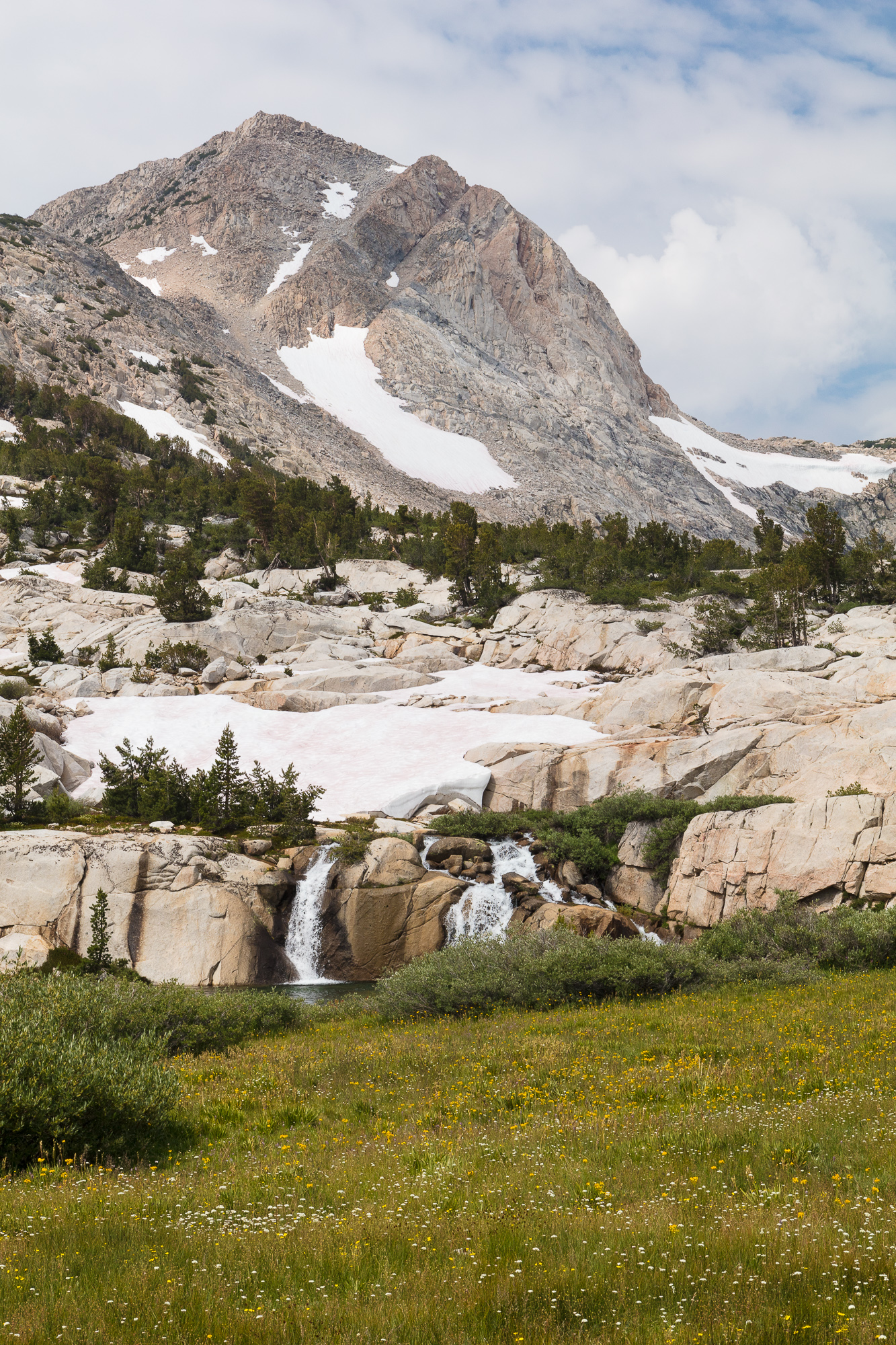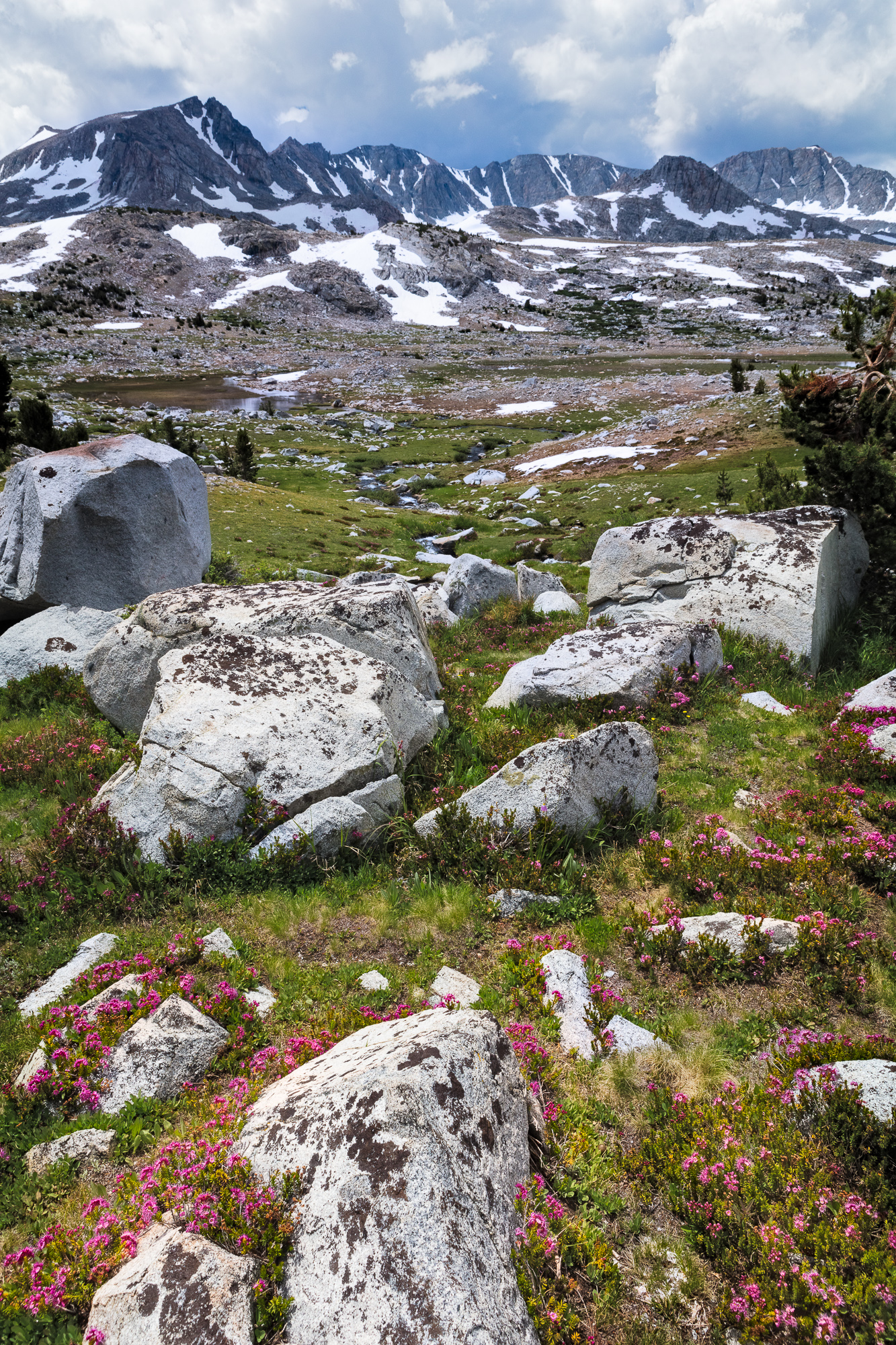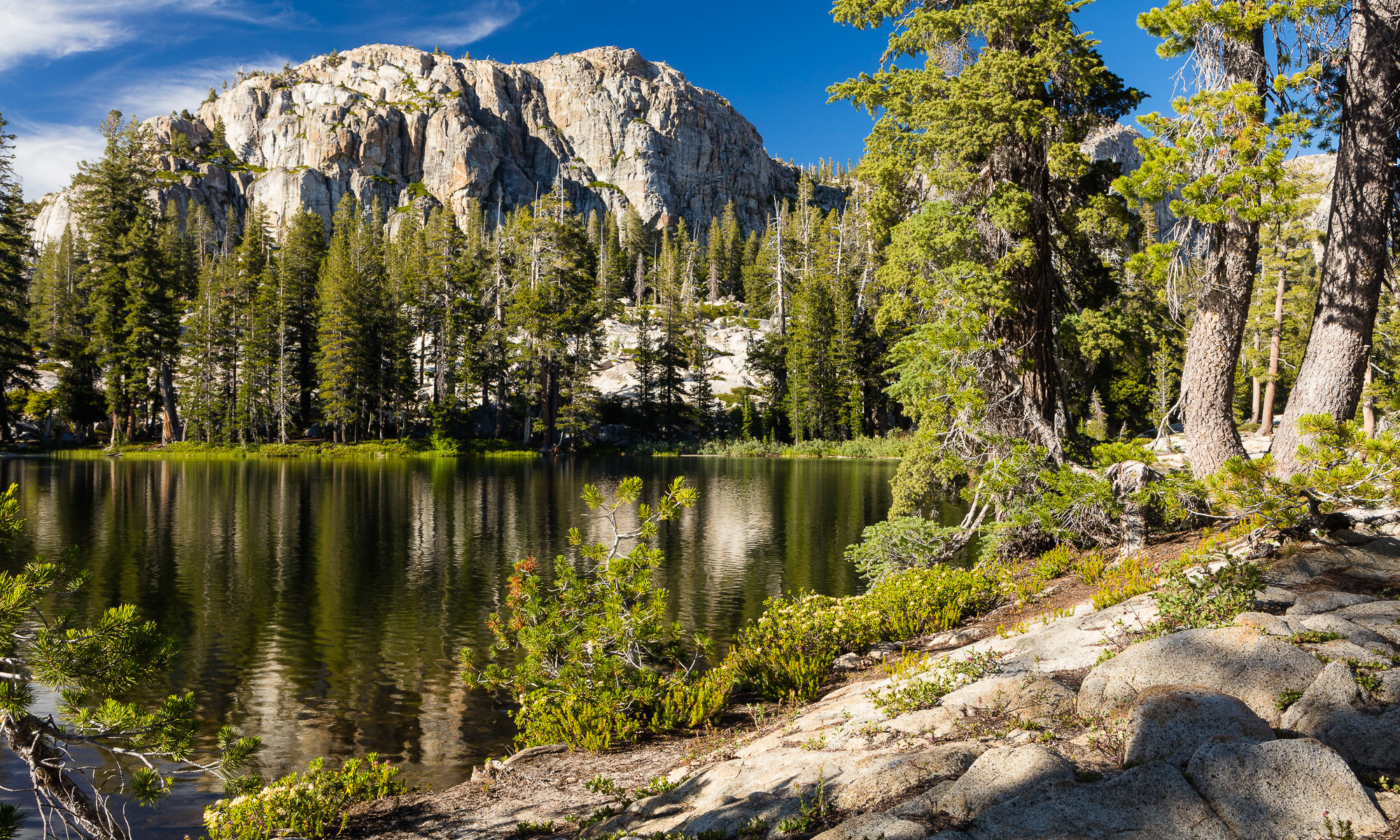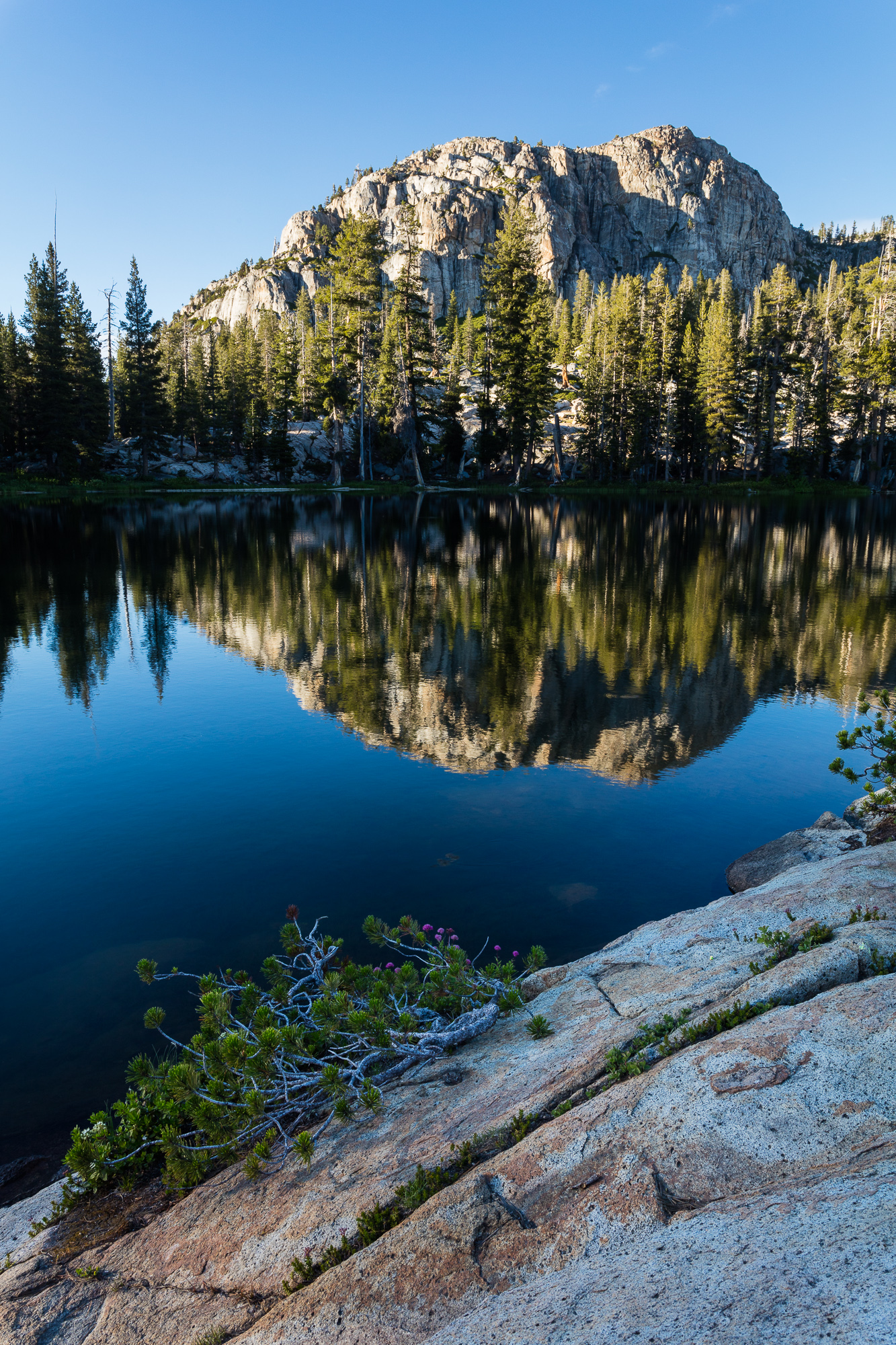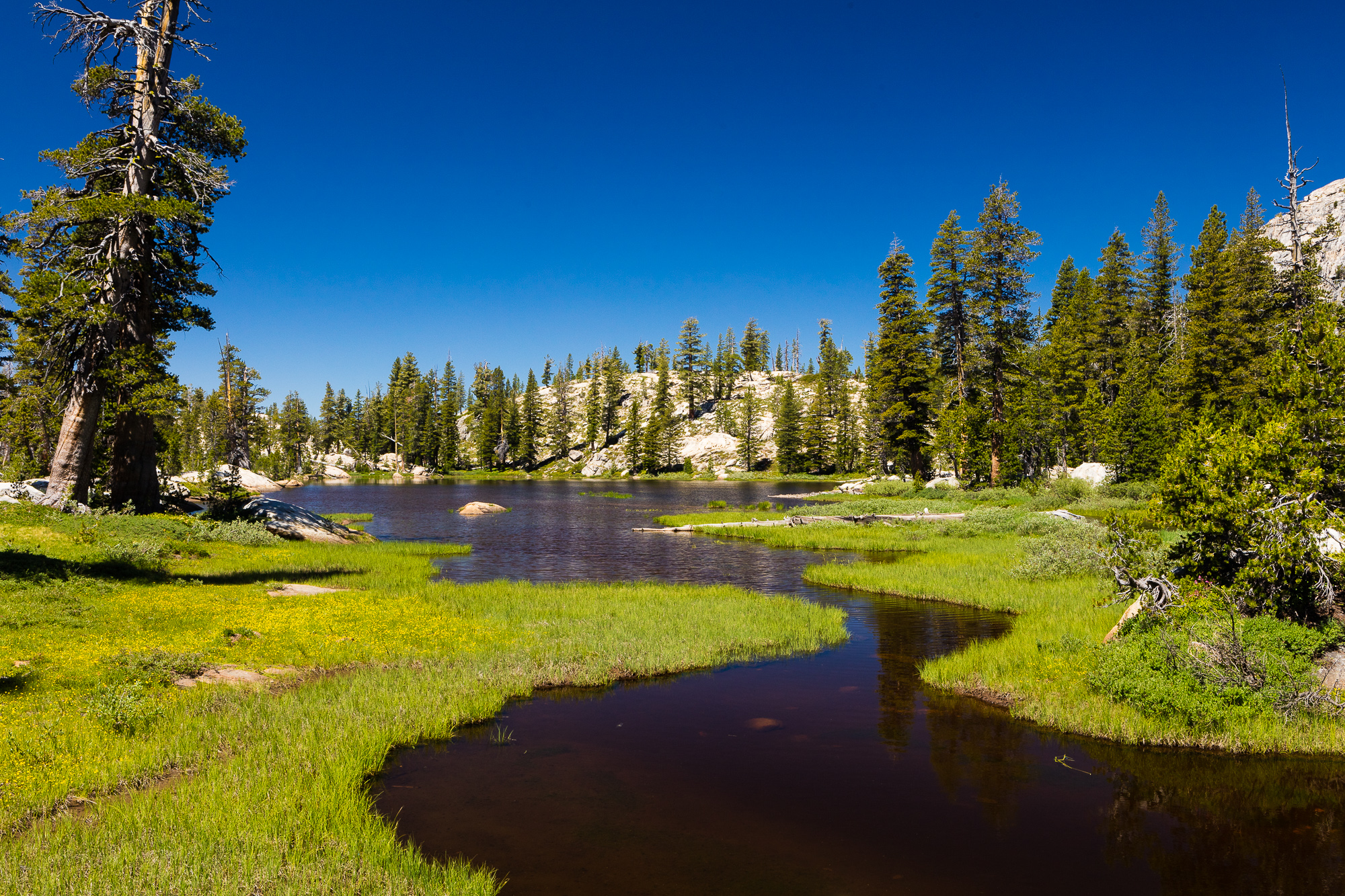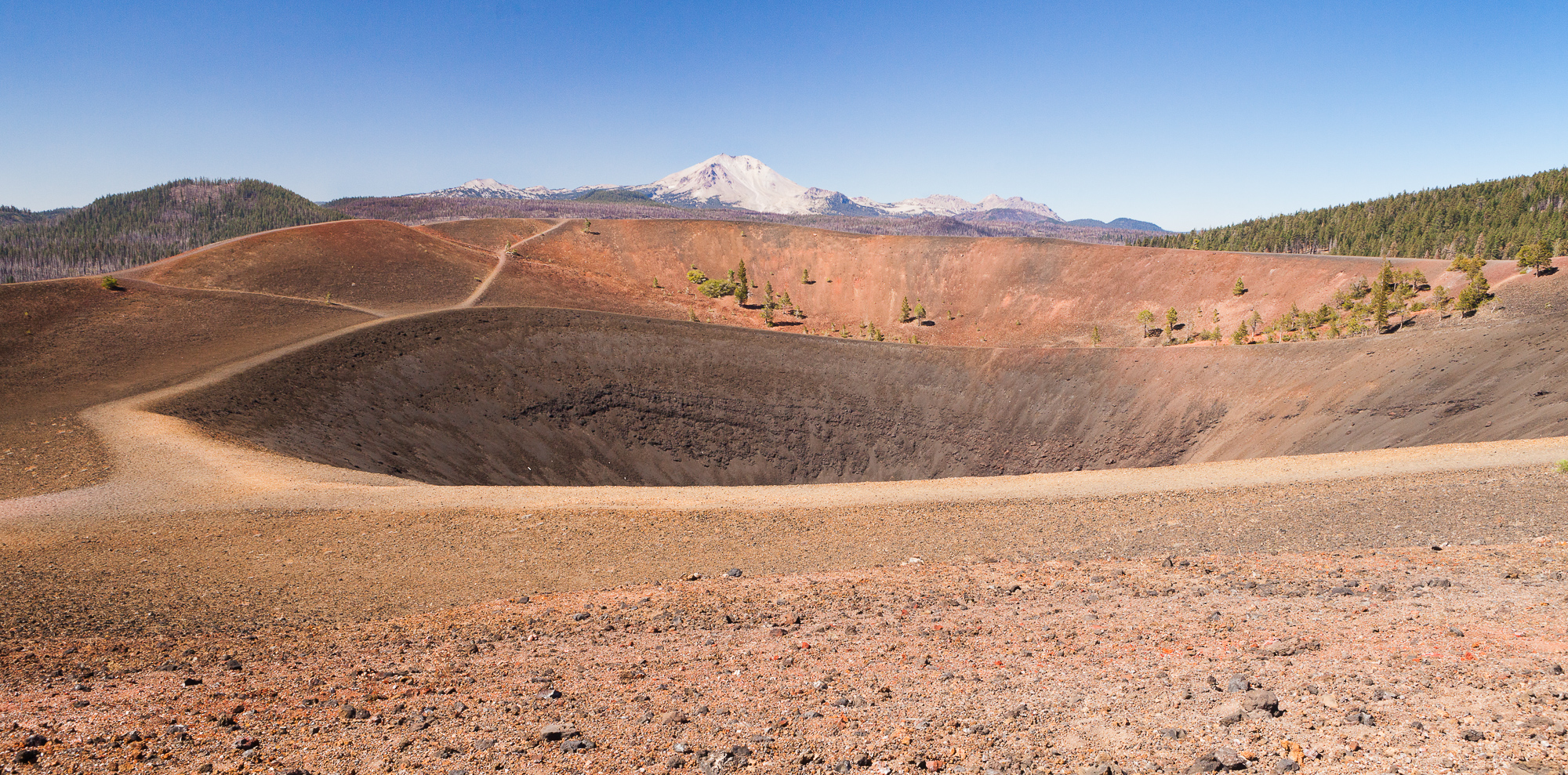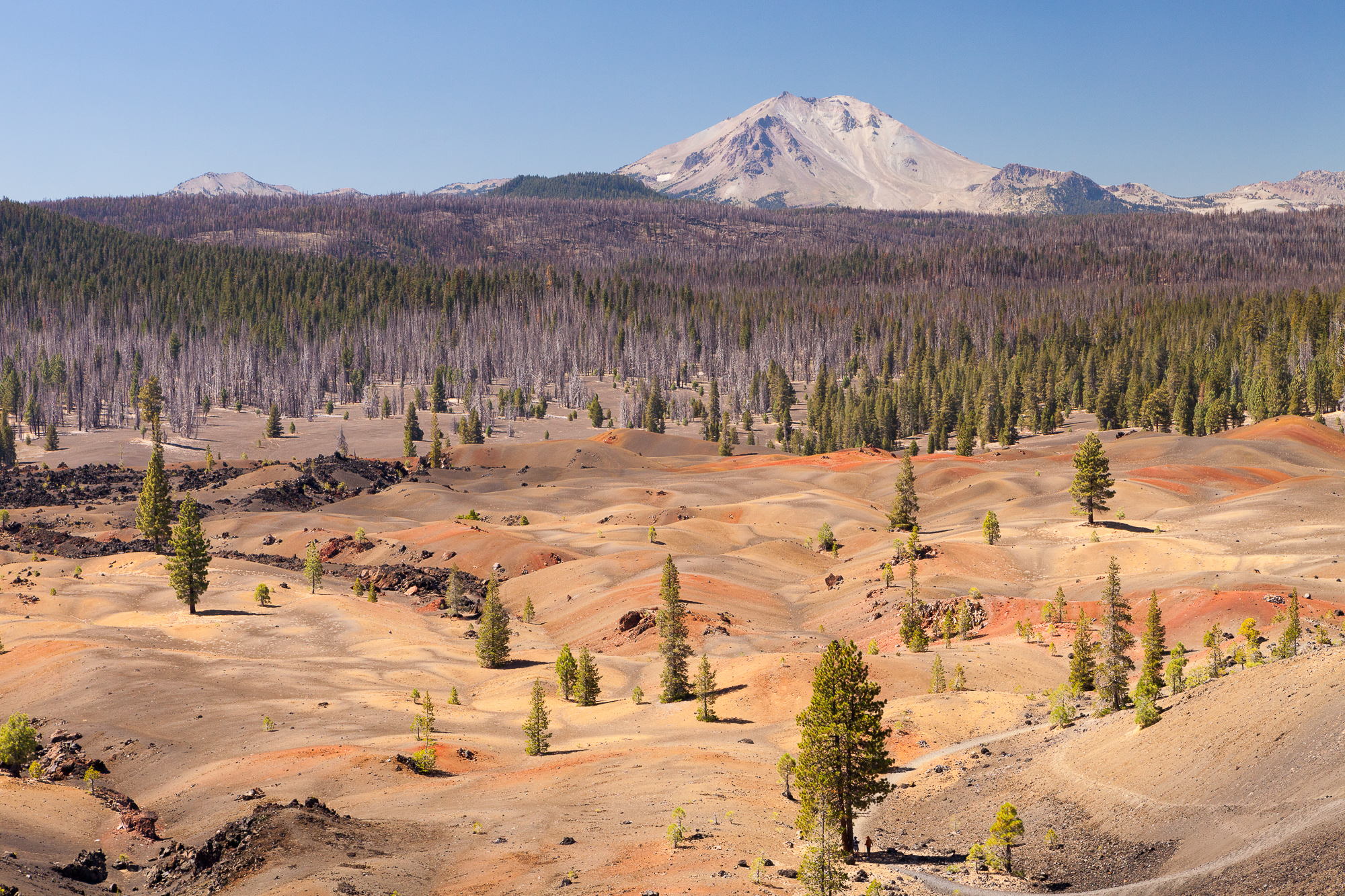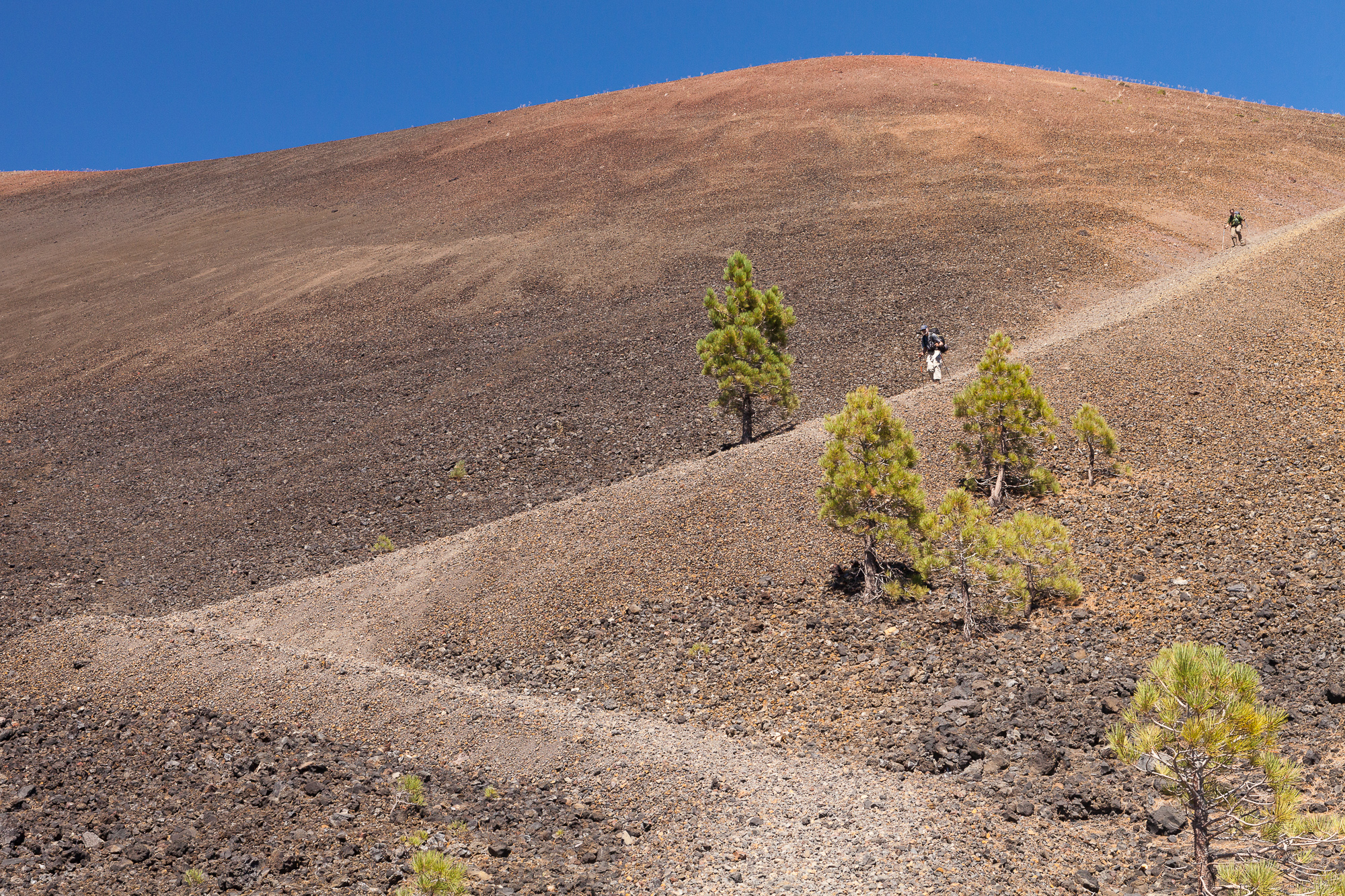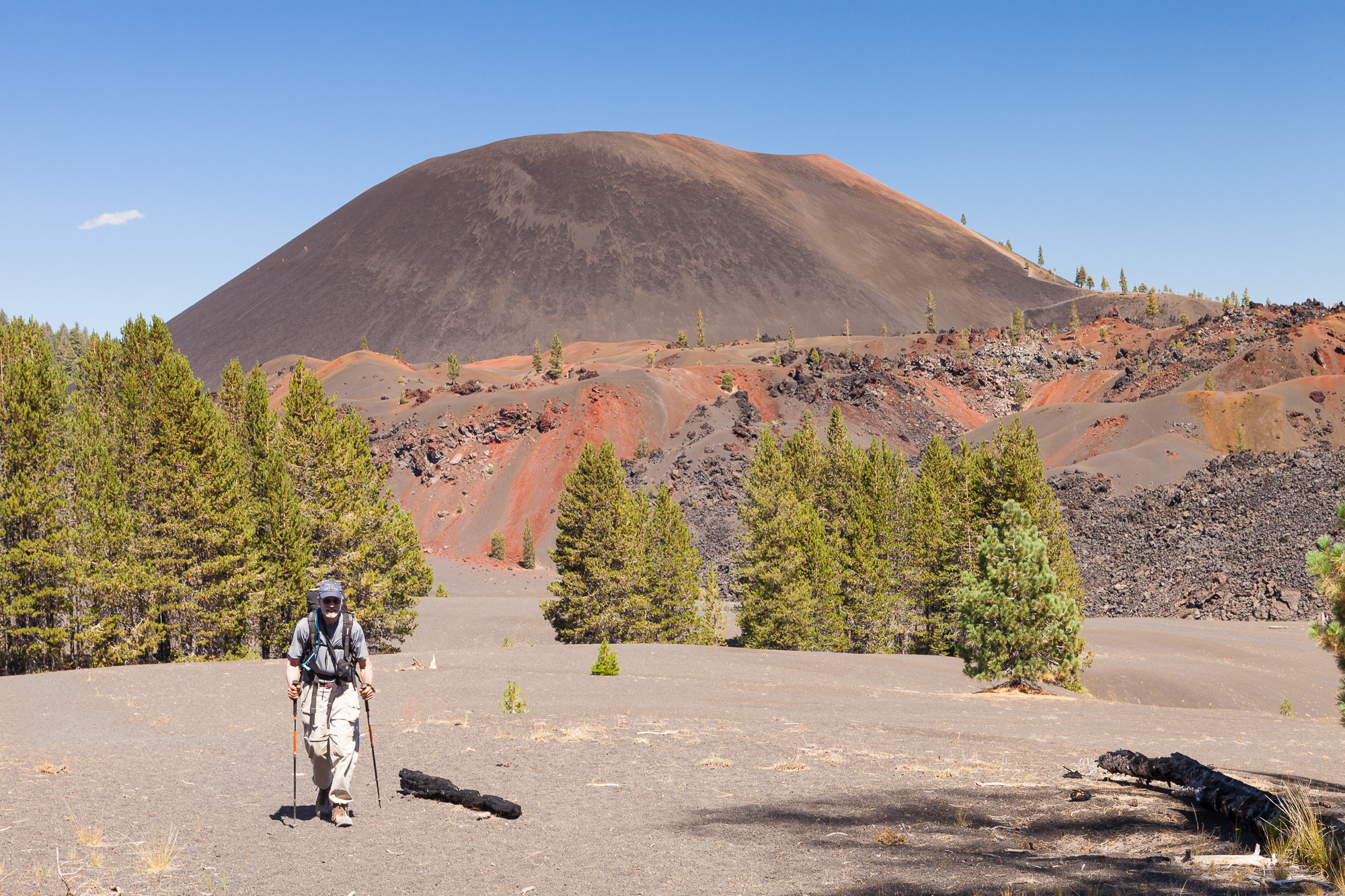Last year I finally purchased a phone with a camera good enough to take photos I was more or less happy with. So on a backpacking trip late last summer, I decided to put my new phone to the test and pit it against my bulky DSLR and associated gear that I lug along with me on my trips.
First of all, for those who haven’t backpacked before, the best preparation you can make for your trips is to shed as much carry weight as possible. This means light weight backpack, sleeping gear, etc in order to be able to hike further each day and in more comfort. I spend days weighing my gear and making tough decisions about which comfort items to leave behind. That’s why it is so painful when I add up the nearly 9 pounds of extra weight for my camera gear.
For multiday backpacking trips, I typically take the following items:
- camera body (including l-bracket)
- 24-70mm f/2.8 lens
- light weight tripod and small ball head
- cotton carrier vest (this way I can carry the camera on my chest for easy access along the trail)
- extra bracket to attach camera to vest
- at least 1 extra battery

Because of all this extra weight, I’ve been looking for something lighter weight that could deliver equal or almost equal results as the DSLR. Enter the ultimate multi-use device, the cell phone. A couple of years ago my stand-alone Garmin GPS stopped coming with me on trips (I can navigate perfectly well with pre-downloaded maps and my phone’s GPS), and this time I was testing the new cell phone’s camera to see how it would stack up to my pro gear. I wasn’t expecting parody of features or quality, but if it was “good enough” it would save me about 9 lbs of gear – an incredible amount of weight for backpacking.
As I often do, I set out with my friend Steve to explore a new area of the Sierra Nevada over the next five days. Our destination was Sequoia National Park, departing from the remote Mineral King ranger station. We would be hiking in to intersect part of the High Sierra Trail (becoming much more popular over the last few years as the JMT has been at capacity all summer).
The photo above was taken with my Google Pixel, sporting one of the better cellphone cameras on the market (at the time). This was taken from our first camp at sunset, past Timber Gap. Although the phone shoots RAW, I’ve uploaded the JPG that was processed in-camera to give you an idea of automatic results. To be honest, I wasn’t able to pull much more out the photo through post-processing the RAW file – it appears as though Google’s processing algorithms do a very good job here.
On our second day, we got a very early start, and climbed to the Great Western Divide by 10 in the morning. We quickly dropped down into the next valley, and intersected with the High Sierra Trail. Our destination was further north, nestled at the top of a valley adjacent to several off-trail lakes. Neither of us had been here, but the area looked great for camping and photography based on topo maps.
One of the first things we noticed as we met the High Sierra Trail on this warm August afternoon was a relative lack of people. This was a great sign, as we enjoy the solitude of the wilderness. One of the biggest disappointments in backpacking is to struggle along a trail for hours, only to come to a spot overrun by a loud group. We attributed the scarcity of hikers to the fact that there had recently been a complete washout further up the High Sierra Trial. This caused people to either turn around to go back the way they had come, or to cancel their trips altogether. As we were not through-hiking the trail, it didn’t affect our trip at all. But we got to benefit from this temporary closure.
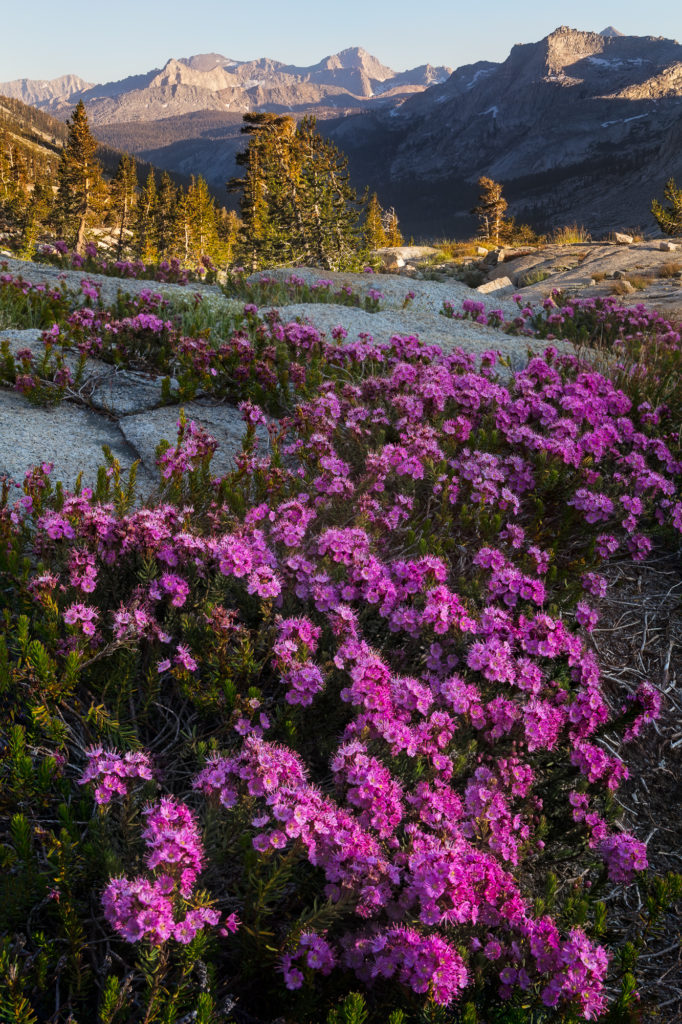
Our long day ended in a beautiful campsite overlooking the valley we had hiked up. It was difficult to find a good spot to set up tents, but after careful searching we found a prime location. As the sun got lower in the sky, we realized that we likely had the entire valley to ourselves, as we hadn’t seen another soul for hours, and the few campsites closer to the trail were deserted.
In addition to the glorious solitude, we were treated to a variety of wildflower blooms all around our camp. Even though it was already August, these flowers were in peak bloom as we were well above 11,000 feet. The photo above was focus stacked with my 50 MP Canon 5DSr. Although I took the same photo with my phone’s camera, it really couldn’t achieve the quality of the DSLR. Being able to focus stack with my DSLR gave me crisp detail throughout the entire scene, whereas the cell phone couldn’t hold that deep focus. In addition, once you zoomed in beyond regular computer screen size, the detail of the phone camera started to fall away and more digital artifacts and noise were introduced. This would affect the printability of the image, and ended up being something I just couldn’t sacrifice, even if it meant carrying an additional 9 lbs of gear.
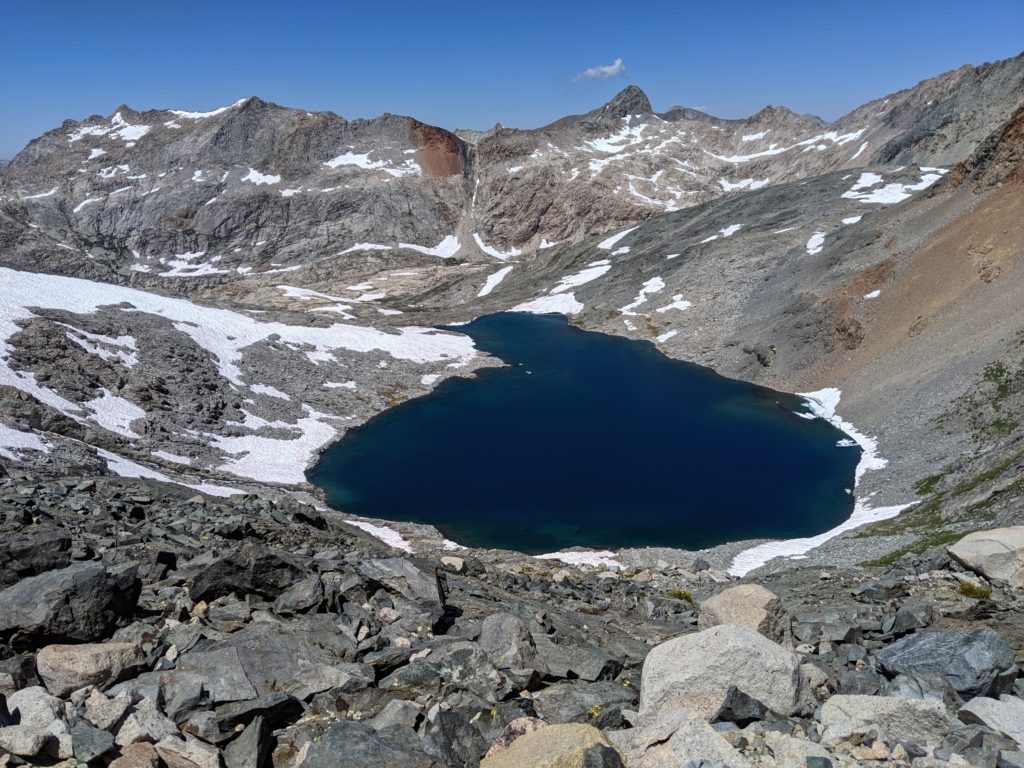
The next day we left our camp set up and day-hiked into a nearby basin dotted with lakes. This was somewhat challenging terrain and entirely off-trail. I had left most of my gear back at camp, including my photo gear, so this was taken with my cell phone camera. This allowed me to be more agile off-trail, while still able to capture my journey.
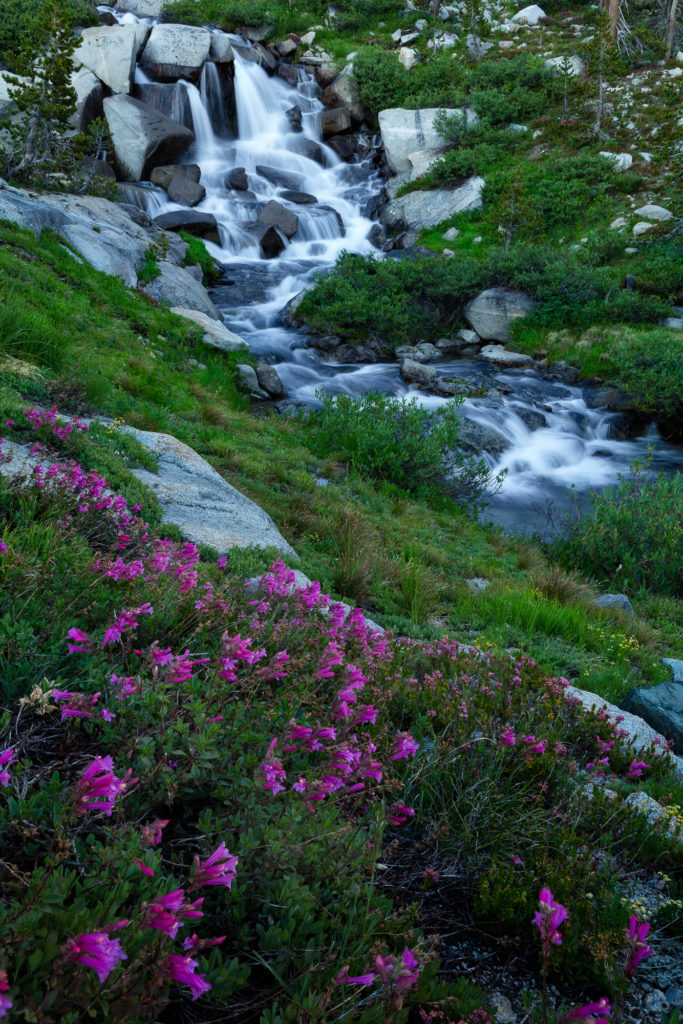
A second evening at our camp site gave us more time to explore the area, including this small waterfall just below our site. Once again, my camera gear did the proper job. Mounting the camera on a small travel tripod allowed me to not only focus stack but also to slow down the shutter speed to capture the motion of the water. This shot was far beyond the capabilities of the phone camera.

The next morning it was time to leave our mountain paradise and begin the journey home. Retracing our steps back down the canyon, we hiked past the serpentine route that the Big Arroyo cut through the valley floor.
We spent the night in another valley, in the shadow of the Sawtooth Range, our destination for the next morning. I was a bit nervous for the following day, because we had a pretty brutal climb up to Columbine Lake, at which point the trail ended. We were planning to continue off-trail over the 12,000 ft pass next to Sawtooth Peak.

Our final morning dawned a clear blue sky. With an early start we made Columbine Lake by 10 AM, and rested a bit before venturing over the pass. Although very steep, there was a relatively clear use trail with a series of ducks to guide the way. The only sketchy part of the climb was the need to traverse a large snow bank right before the pass. Class 4+ scrambling got us around it, though my heart was beating out of my chest as there were hundreds of feet of near-vertical scree below us. A slip here would not have turned out well.
Finally we hit the pass and it was a quick 8 miles of decent to get back to the car. As we drove back to the SF Bay Area, we realized that everything we could think of had gone according to plan. We reached our planned destinations, covered the entire Nine Lakes Basin, experienced the ultimate solitude and had a beautiful campsite for two nights.
My final verdict is that while my phone sports an amazing little camera, it couldn’t quite replace my heavier gear. I proved to myself the worthiness of carrying a heavy DSLR and tripod, especially if I expected to make portfolio-worthy wilderness photographs. The camera phone indeed was a great asset during the day while on the trail, making me reconsider how I carry my gear in the future. I might stow my DSLR and tripod away and plan to only use them from around camp during the golden hours. My phone is easy to access from a pocket while hiking, and photos with midday lighting are not as likely to become a quality print. Time will tell, but I look forward to more experimentation with the capabilities of this handy device.
Camera gear I used on this trip includes:

